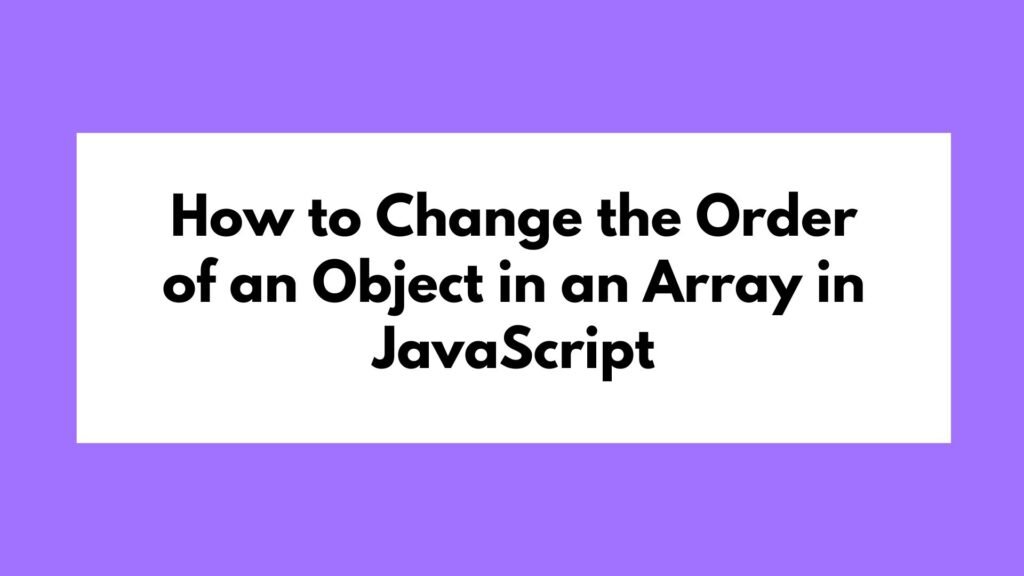
When working with JavaScript, you might notice that JSON.stringify adds backslashes to certain characters in a string. This is a common occurrence when dealing with JSON serialization, especially when special characters like quotes or escape sequences are involved. This guide explains why JSON.stringify adds backslashes and how to handle or avoid them.
let str = 'He said, "Hello, world!"';
let jsonStr = JSON.stringify(str);
console.log(jsonStr); // "He said, \"Hello, world!\""
JSON.stringify adds backslashes to escape special characters (like quotes and backslashes) in a string, ensuring that the string is correctly serialized and can be safely parsed back into its original form.
Methods on Why Is JSON.stringify Adding Backslashes to a String
JSON.stringify is a method used to convert a JavaScript object or value to a JSON string. This is particularly useful for storing data or sending it over a network.
Example 1: Basic Usage of JSON.stringify
let obj = { name: "John", age: 30 };
let jsonString = JSON.stringify(obj);
console.log(jsonString); // '{"name":"John","age":30}'
Explanation:
let obj = { name: "John", age: 30 };
Initializes an object with two properties.let jsonString = JSON.stringify(obj);
Converts the object into a JSON string.console.log(jsonString);
Outputs the JSON string representation of the object.
Why Backslashes Appear
When JSON.stringify encounters special characters in a string, it adds backslashes to escape these characters. This escaping ensures that the resulting JSON string is valid and can be correctly parsed later.
Example 2: String with Special Characters
let str = 'He said, "Hello, world!"';
let jsonStr = JSON.stringify(str);
console.log(jsonStr); // "He said, \"Hello, world!\""
Explanation:
let str = 'He said, "Hello, world!"';
Initializes a string containing quotes.let jsonStr = JSON.stringify(str);
Converts the string into a JSON string, adding backslashes to escape the quotes.console.log(jsonStr);
Outputs the escaped string.
The backslashes are not actually part of the string but are used to ensure that the special characters (like quotes) are correctly interpreted when the string is parsed back into its original form.
Examples of Escaping Special Characters
Different special characters, such as quotes, backslashes, and newlines, require escaping when serialized using JSON.stringify.
Example 3: Escaping Various Special Characters
let str = 'This is a backslash: \\, and a newline: \n.';
let jsonStr = JSON.stringify(str);
console.log(jsonStr); // "This is a backslash: \\\\, and a newline: \\n."
Explanation:
let str = 'This is a backslash: \\, and a newline: \n.';
Initializes a string containing a backslash and a newline.let jsonStr = JSON.stringify(str);
Converts the string into a JSON string, adding backslashes to escape the backslash and newline.console.log(jsonStr);
Outputs the escaped string.
How to Remove Backslashes
If you need to remove the backslashes for display purposes, you can use JSON.parse to convert the JSON string back to its original form.
Example 4: Removing Backslashes
let jsonStr = '"He said, \\"Hello, world!\\""';
let originalStr = JSON.parse(jsonStr);
console.log(originalStr); // He said, "Hello, world!"
Explanation:
let jsonStr = '"He said, \\"Hello, world!\\""';
Initializes a JSON string with escaped quotes.let originalStr = JSON.parse(jsonStr);
Parses the JSON string back into its original form, removing the backslashes.console.log(originalStr);
Outputs the original string without backslashes.
Conclusion
JSON.stringify adds backslashes to escape special characters in a string, ensuring that the string is correctly serialized and can be safely parsed back into its original form. While these backslashes may seem intrusive, they play an essential role in maintaining the integrity of the data. Understanding why these backslashes appear and how to handle them allows you to work effectively with JSON in JavaScript, ensuring that your data remains accurate and secure throughout its lifecycle.


